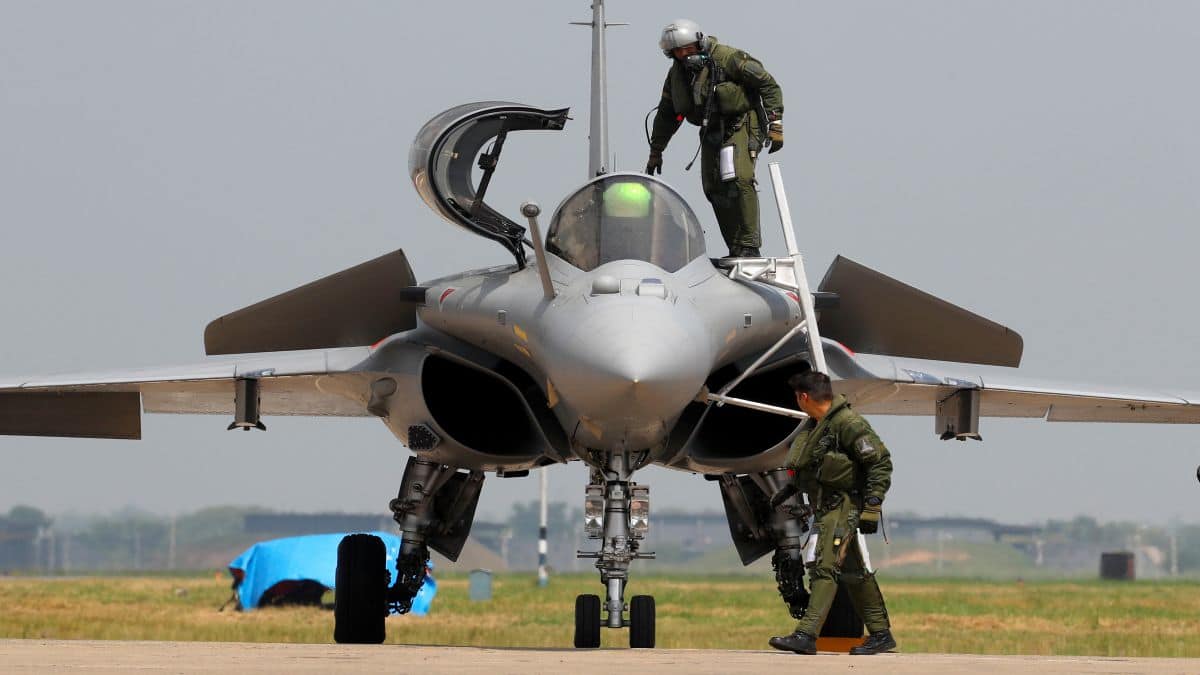Thursday saw all 67 accused in the Naroda Gam riots case being acquitted. The case, in which 11 people were killed in 2002, saw among others former Bharatiya Janata Party (BJP) minister Maya Kodnani, former VHP leader Jaydeep Patel and ex-Bajrang Dal leader Babu Bajrangi being found not guilty. But what do we know about the case? Let’s take a closer look: What happened? The Naroda Gam massacre occurred 21 years ago in the aftermath of the Sabarmati Express being torched in Godhra. As per Indian Express, the incident was just one of nine major riots that ensued after 59 passengers, mostly “karsevaks” returning from Ayodhya, were killed in the Sabarmati Express arson on 27 February. On 28 February, 2002, eleven members of the Muslim community were killed in the communal violence in Ahmedabad’s Naroda Gam area in a bandh called to protest the burning of the train.
The incident occurred in a locality known as Muslim Maholla, Kumbhar Vas, according to Indian Express.
The newspaper quoted the Nanavati Commission as saying that police could not get to the spot as they were dealing with a more severe situation at Naroda Patiya. The commission said “police force at the place was inadequate” and that the police “were not even properly equipped”. It concluded that “it cannot be said that they deliberately allowed the incident to happen.” [caption id=“attachment_12483742” align=“alignnone” width=“640”] The Nanavati Commission quoted the police as saying they could not get to the spot as they were dealing with a more severe situation at Naroda Patiya. PTI[/caption] According to India Today, a Special Investigation Team was formed to look into the Naroda Gam riots in 2008 after a directive from the Supreme Court. The SIT interviewed 187 people and took statements from nearly five dozen eyewitnesses before filling a chargesheet against 86 accused. The accused faced charges under Indian Penal Code sections 302 (murder), 307 (attempt to murder), 143 (unlawful assembly), 147 (rioting), 148 (rioting armed with deadly weapons), 120 (B) (criminal conspiracy), and 153 (provocation for riots), among others. According to Indian Express, a speedy trial was ordered and even monitored by the Supreme Court. The trial begins However, the trial only began in 2010, according to The Print.
In 2017, Amit Shah, then the BJP party president, testified on behalf of Kodnani.
According to The Print, Kodnani asked the court to call in Shah to back up her alibi that she was at the Gujarat Assembly and then at the Sola Civil Hospital at the time of the incident. [caption id=“attachment_12440492” align=“alignnone” width=“640”] Amit Shah in 2017 testified as a witness on Maya Kodnani’s behalf. FILE/AFP.[/caption] The prosecution during the case presented a sting operation by journalist Ashish Khetan as proof. The prosecution also offered calls made by Kodnani, Bajrangi and several others. Six judges have presided over the case, as per The Print. The case kicked off with SH Vora, who was elevated to the Gujarat High Court. The next three judges Jyotsna Yagnik, KK Bhatt and PB Desai all retired. Next came MK Dave, who was eventually transferred.
Finally, judge SK Baxi took over the trial.
As special prosecutor Suresh Shah told PTI, “The trial (deposition of witnesses) concluded around four years ago. Arguments of the prosecution concluded and the defence was making its arguments when then special judge PB Desai retired. So arguments started afresh before judge Dave and later judge Baxi, which delayed proceedings.” By the time the verdict was reached, 18 of the accused had passed away and one was discharged by the court. Kodnani, a minister in the Gujarat government, was initially handed a 28-year prison sentence by a trial court in the Naroda Patiya case. However, she was acquitted by the Gujarat High Court in 2018. With inputs from agencies Read all the Latest News, Trending News, Cricket News, Bollywood News, India News and Entertainment News here. Follow us on Facebook, Twitter and Instagram.


)




